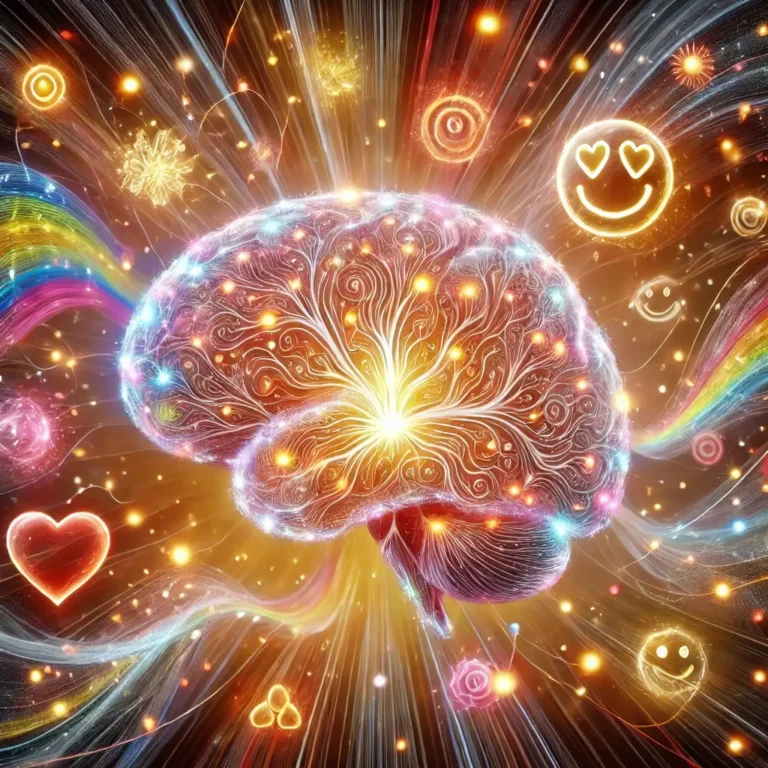✅ White Holes: The Opposite of Black Holes and Their Possibility
🌌 Introduction: What Are White Holes?
When we think of cosmic phenomena, black holes often steal the spotlight. However, white holes—their theoretical opposites—are just as fascinating and mysterious.
While black holes trap everything that crosses their event horizon, white holes are hypothetical objects that do the opposite: they expel matter and light but cannot be entered.
First proposed as a solution to Einstein’s field equations of general relativity, white holes remain theoretical, with no direct evidence of their existence. However, their possible connection to black holes, wormholes, and the fabric of spacetime makes them a captivating subject of scientific exploration.
🌠 1. What Are Black Holes and White Holes?
🛑 Black Holes: The Cosmic Traps
A black hole is a region of spacetime with an extremely strong gravitational pull. Its gravity is so intense that nothing—not even light—can escape beyond its event horizon.
- Formed when massive stars collapse under their gravity.
- The singularity at the center contains all the matter compressed into an infinitely small space.
- Event horizon: The boundary beyond which nothing can escape.
🔥 White Holes: The Cosmic Fountains
In contrast, a white hole is a hypothetical region of spacetime that behaves in the opposite manner of a black hole:
- It cannot be entered from the outside.
- It continuously emits matter and light, but nothing can cross its event horizon inward.
- They are sometimes described as time-reversed black holes.
🌌 2. Theoretical Foundations of White Holes
🔥 Einstein’s Field Equations and White Holes
White holes arise as a solution to Einstein’s general relativity equations. When solving the equations for black holes, physicists discovered that the same math also allowed for the reverse phenomenon, leading to the theoretical concept of white holes.
🌌 The Schwarzschild Metric
The Schwarzschild solution to Einstein’s field equations describes the spacetime geometry around a spherical mass. It has two regions:
- The black hole region: Matter falls inward and cannot escape.
- The white hole region: Matter is expelled and cannot be re-entered.
🌠 Wormholes and White Holes
Some physicists propose that black holes and white holes could be linked through wormholes—theoretical tunnels through spacetime.
- Einstein-Rosen bridges (wormholes) could connect black holes and white holes, allowing matter to enter through a black hole and emerge from a white hole in another region of spacetime or even a different universe.
- These wormholes would act as one-way passages for matter and energy.

🌌 3. Differences Between Black Holes and White Holes
| Feature | Black Holes | White Holes |
|---|---|---|
| Event Horizon | Can only be crossed inward | Can only be crossed outward |
| Gravity Effect | Pulls everything inward | Expels everything outward |
| Matter Movement | Matter cannot escape | Matter cannot enter |
| Existence | Confirmed through observation | Theoretical, no direct evidence |
| Time Flow | Time slows down near the horizon | Time speeds up near the horizon |
🌠 4. The Possibility of White Holes: Can They Exist?
🔥 Theoretical Possibility
While white holes are a valid solution to Einstein’s field equations, their physical existence is still debated. Several factors make them theoretically possible, but practically elusive:
- No observational evidence has confirmed their existence.
- They might form during the final stages of black hole evaporation.
- Some physicists speculate that gamma-ray bursts or other unexplained cosmic phenomena might be linked to white holes.
🌌 Black Hole-Wormhole-White Hole Hypothesis
Some theories propose that black holes could eventually transform into white holes as they evaporate via Hawking radiation.
- When a black hole loses sufficient mass, it could potentially flip into a white hole, ejecting the trapped information.
- This could provide a solution to the black hole information paradox, which questions whether information falling into a black hole is lost forever.
🌠 5. Challenges in Detecting White Holes
🔥 No Direct Evidence
Despite their mathematical feasibility, white holes have not been detected. Their existence is purely hypothetical.
🌌 Observational Challenges
- Instability: White holes are believed to be highly unstable. Even minor perturbations could cause them to collapse.
- Short lifespan: If white holes exist, they might only last for fractions of a second, making them extremely hard to detect.
- Distance and rarity: If they are connected to black holes through wormholes, they could be located in distant regions of the universe, making detection difficult.
🌌 6. Scientific Theories and Implications
🌠 Hawking Radiation and White Holes
Stephen Hawking’s theory of black hole radiation suggests that black holes slowly lose mass. Some scientists speculate that at the final stage of evaporation, a black hole might transition into a white hole, releasing its remaining energy and information.
🔥 White Holes and Dark Matter
Some physicists theorize that white holes could be linked to dark matter.
- Since white holes do not attract matter like black holes, they would be nearly invisible.
- Their repulsive nature could explain the unexplained distribution of dark matter in the universe.
🌠 7. Theoretical Models and Simulations
Physicists have simulated white holes using mathematical models.
- These models suggest that if white holes exist, they might appear as brief, energetic outbursts, making them difficult to detect.
- Some researchers have proposed that unexplained gamma-ray bursts or cosmic flashes might be signs of white holes.
🌠 8. White Holes in Popular Culture
The concept of white holes has fascinated not only scientists but also science fiction writers and filmmakers.
🎥 Movies and Shows Featuring White Holes:
- Interstellar (2014): Although not explicitly labeled as a white hole, the wormhole travel concept in the film is loosely inspired by white hole theories.
- Doctor Who: White holes are mentioned in several episodes, described as reverse black holes emitting matter.
- Star Trek: White holes are depicted as space-time anomalies in some episodes.
✅ Key Takeaways: White Holes – Fact or Fiction?
- White holes are the theoretical opposites of black holes.
- They expel matter and light but cannot be entered.
- They might be connected to black holes through wormholes.
- White holes could potentially explain gamma-ray bursts or dark matter.
- Despite their mathematical feasibility, no observational evidence of white holes exists.
📚 FAQs About White Holes
Q: Are white holes real?
A: White holes are purely theoretical and have not been observed, but they are mathematically possible according to general relativity.
Q: Could black holes turn into white holes?
A: Some scientists speculate that black holes might transform into white holes after complete evaporation through Hawking radiation.
Q: Do white holes violate the laws of physics?
A: No, they do not. They are a valid solution to Einstein’s field equations, but their physical feasibility remains unproven.





